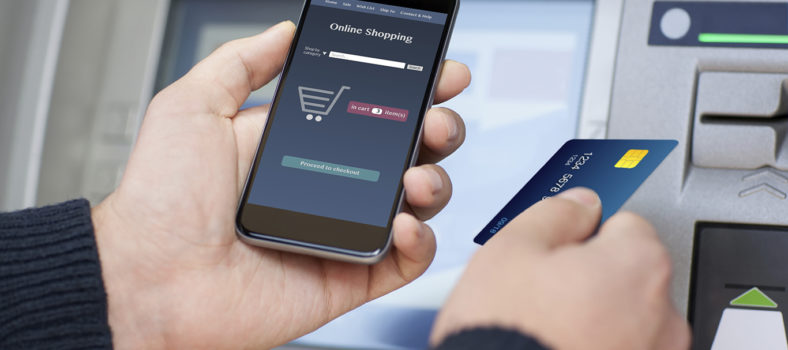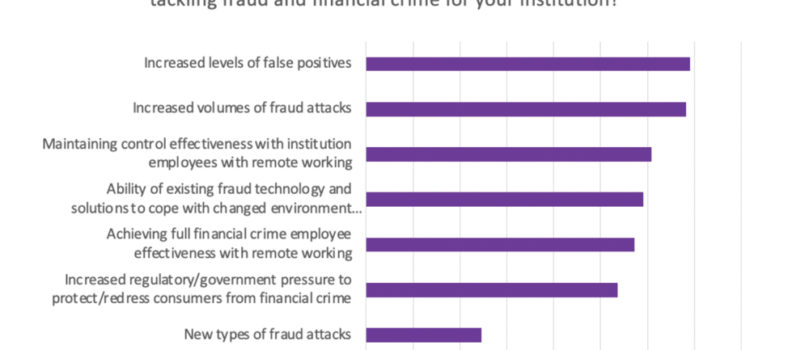Workers and businesses are challenged by payments mismatch
New research shows that the COVID-19 pandemic has led to an increase in the number of Canadians who participate in short-term contracts or freelance work, such as rideshare drivers, freelance writers and graphic designers, or contractors. These gig workers now represent more than one in 10 Canadian adults (13 percent), and more than one in three Canadian businesses (37 percent) employ gig workers.
Key contributing factors fuelling this increased footprint include the prevailing economic impact of the pandemic, with a general decline in real output across Canadian businesses in 2020. This includes four percent that shut down temporarily in 2020 and remain shut, and a further 37 percent that remain only partially operational.
At the same time, demand for gig worker-based businesses has been strong throughout the pandemic, including delivery services in both urban and suburban locations across Canada. This includes about three in 10 Canadians who report using delivery services more often than before the pandemic.
Gig workers and the businesses that employ them want the same thing from a payments solution standpoint: fast, convenient, secure, and traceable payments methods. However, the research indicates there is a mismatch between how workers are getting paid and how they prefer to get paid among a large portion of gig workers in Canada.
Of those that participate in the gig economy, almost 40 percent want to see improvements to how they are paid. Two key areas that gig workers identified for improvement are to be paid faster and be able to trace these payments more efficiently. While payments options do exist (such as direct deposit, which is fast, secure and convenient), cheques and Interac e-transfer continue to be preferred by small-to-medium businesses (98 percent of Canadian businesses), leaving gig workers’ preferences unaddressed. Modernization of Canada’s payments systems, including the introduction of real-time payments, will help support solutions for the gig economy.
Shifts in the demographics of gig workers
The pandemic has not only fueled the gig economy footprint, it also led to a change in its demographic make-up. This includes the entrance of more workers between 35-54 years old (11 percent), females (10 percent), and those living in suburban areas (11 percent).
Gig economy maintains its core worker profile
While the gig economy has become more mainstream as a result of the pandemic, it is still largely comprised of workers who fit a discernible profile, being predominantly male, younger (18-34 yrs.), living in urban areas, well educated with lower incomes, usually self-employed / run their own business, and frequently send money internationally.
Gig workers have digital payments preference
Overall, gig workers are highly engaged when it comes to digital payments adoption. They are also more likely to frequently use electronic payment methods than non-gig workers such as EFT (electronic funds transfer), Interac e-Transfer, and PayPal.
Favour mobile payments
Around half of gig workers (49 percent) used mobile payments (such as Apple Pay, Google Pay, etc.,) in the last month, and frequently make mobile payments by tapping their phone against a contactless terminal in a store (80 percent).
Prefer to be paid through electronic payments
Electronic payments are the primary and preferred way for gig workers to get paid. Of those that participate in short-term work, around two in five gig workers get paid by Interac e-Transfer or direct deposit, with 45 percent who prefer to get paid by these methods.
Cash and cheque payment also common ways for gig workers to get paid
Cheque and cash are also common ways for gig workers to get paid by 27 percent of gig workers. However, only 19 percent prefer to be paid by cheque, and 22 percent by cash.
Gig workers seek faster, traceable payments
While gig workers want to receive fast, secure, and traceable payments, this is not currently the case for many workers. For one in five Canadian gig workers, it currently takes at least a couple of weeks to receive payment after their contract is done. Moreover, the gig workers who do get paid on the same day that their contract is done are predominantly paid by cash (59 percent), which creates challenges for traceable payments.
Businesses employing gig workers
More than one in three businesses in Canada employ gig workers (37 percent). Commercial businesses are more likely than SMEs to employ gig workers (51 percent vs. 36 percent). These commercial businesses tend to be smaller ($10M to S100M annual revenue). Commercial businesses usually pay their gig workers using cheque and direct deposit.
SMEs that employ gig workers skew more towards large SMEs ($500K to $10M annual revenue), and usually pay gig workers through Interac e-Transfer and cheque. Generally, drivers for these payment methods are speed, ease of tracking, and convenience.
HOW DO SMES PAY GIG WORKERS? HOW DO COMMERCIAL BUSINESSES PAY GIG WORKERS?
Disconnect between payment preference and current payment method
For many gig workers, there is a mismatch between how they are currently being paid versus their preferred payment method. Overall, gig workers want more access to electronic transfers and direct deposit and less reliance on cheque and cash payments.
HOW GIG WORKERS PREFER TO BE PAID VERSUS ARE CURRENTLY PAID
In conclusion
Gig workers and the businesses that employ them want the same thing from a payments solutions standpoint. They want to be able to send and receive payments that are fast, easy to complete, and traceable. However, there is a prevailing disconnect among a significant number of gig workers around how they want to be paid and how they are currently being paid. This points to a significant opportunity to evolve the payments solutions within the gig sector to benefit both the workers and businesses. A payments solution that can solve for this need/gap will improve the overall efficiency of the gig economy, and in turn, the Canadian economy.
The findings in this report are sourced from the Leger/Payments Canada 2020 Consumer and Business Payments Behaviour Tracker Surveys (Wave 1).




